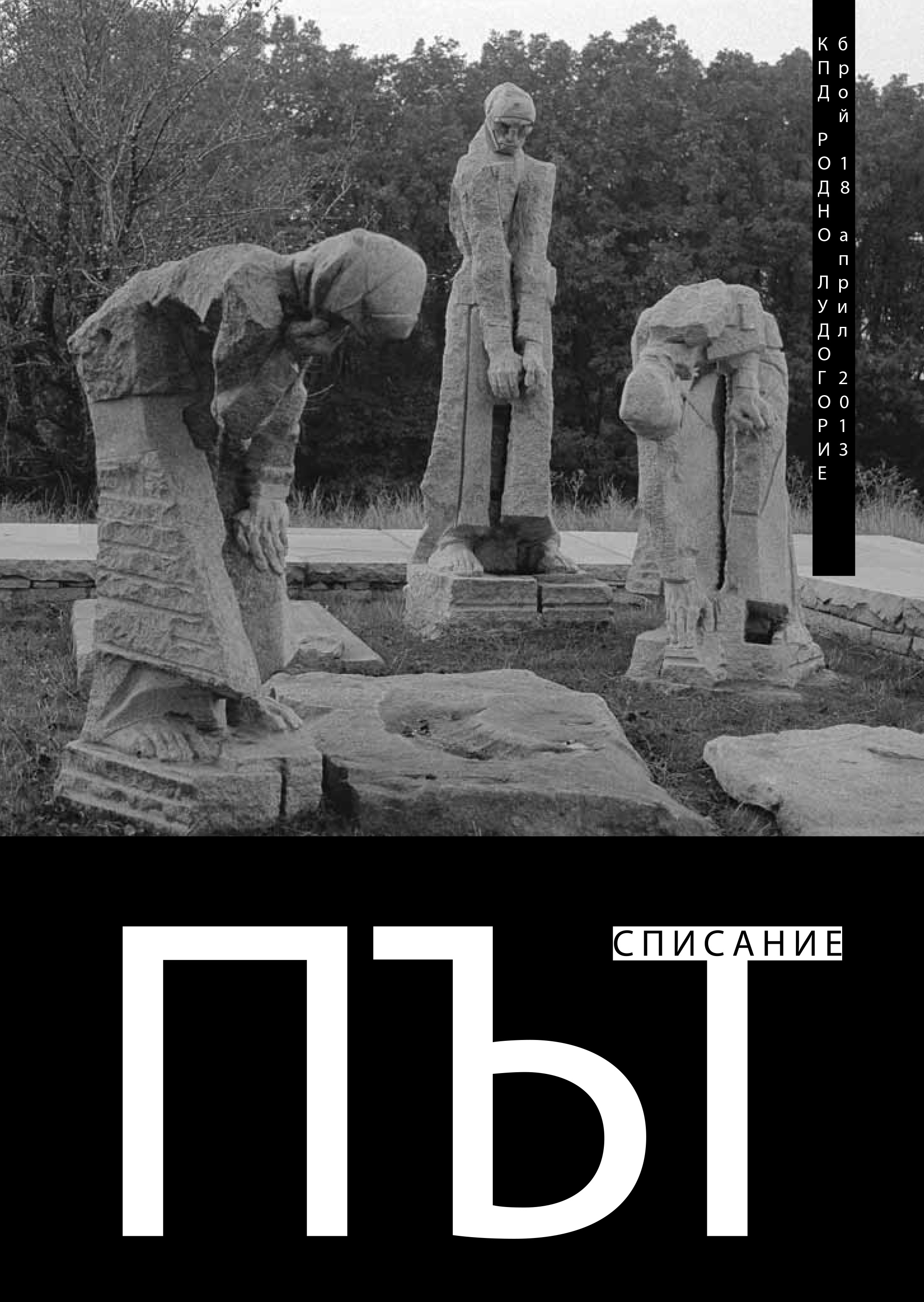
Батак - историко-живописни паралели и асоциации
The slaughter in Batak is one of the most controversial moments in Bulgarian history, but the guilt and the shame from this monstrous deed do not fall to the victims but to the executioners.
More...We kindly inform you that, as long as the subject affiliation of our 300.000+ articles is in progress, you might get unsufficient or no results on your third level or second level search. In this case, please broaden your search criteria.

The slaughter in Batak is one of the most controversial moments in Bulgarian history, but the guilt and the shame from this monstrous deed do not fall to the victims but to the executioners.
More...
The presented report in this article is valuable document that presents the true motives for the Russo-Turkish War form 1877.
More...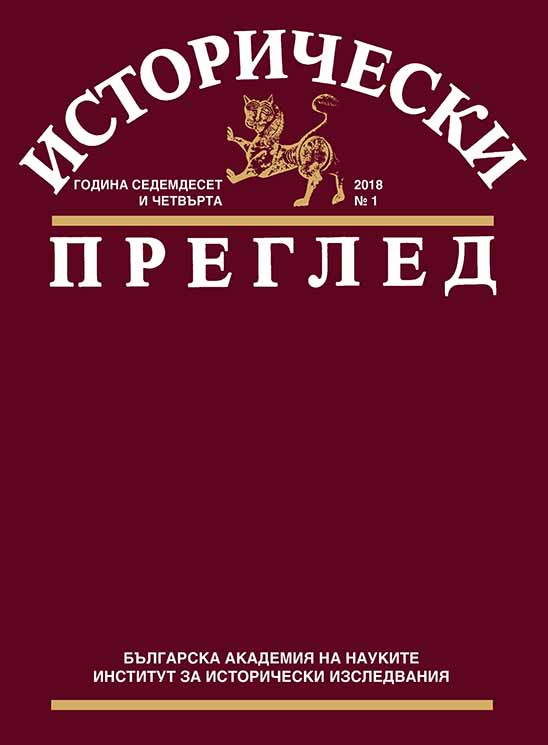
Based on published and newly discovered unpublished sources, as well as the existing historical research on the topic, the author reconstructs the church-national struggle in Sofia in the years after the end of the Crimean War (1856). The events in Sofia are discussed in the context of the national struggle for an independent Bulgarian church and in comparison with the similar activities in Plovdiv at the same time. Two main moments in the church movement in Sofia attract the attention and form the cores around which the source material is focused: the reaction in the city after the secession from the Patriarchate of Constantinople on 3 April 1860 in the Bulgarian church „St. Stefan“ in Constantinople – two months later Sofia’s Bulgarians also renounced the Patriarchate and reinforced this with relevant changes in the municipal self-government; the dramatic events in Sofia in 1861 when the citizens of Sofia defended their previously stated position on the church issue by refusing to accept the patriarchal bishop – Bulgarian Dorotheos.
More...
The article introduces several unknown documents from the Başbakanlık Osmanlı Arşivleri – Istanbul about intentions of some Bulgarian colonists settled in Russia during the first half of the 19th century to re-emigrate in the Ottoman Empire in the 1870s. This disposition of Bulgarian colonists was mainly caused by the decision of the Russian authorities to recruit them to military service as a result of the reform which equalized the rights of foreign colonists to those of other Russian peasants (1871). Unlike other well-known cases of re-emigration of Bulgarians from Russia to the Ottoman Empire, this episode has remained so far out of the researchers’ attention. The documents are written in French and are part of the official correspondence of senior diplomatic officials in Odessa, Braila and St. Petersburg with the Ottoman Minister of Foreign Affairs. They are published in French and are accompanied by а Bulgarian translation and historical commentary.
More...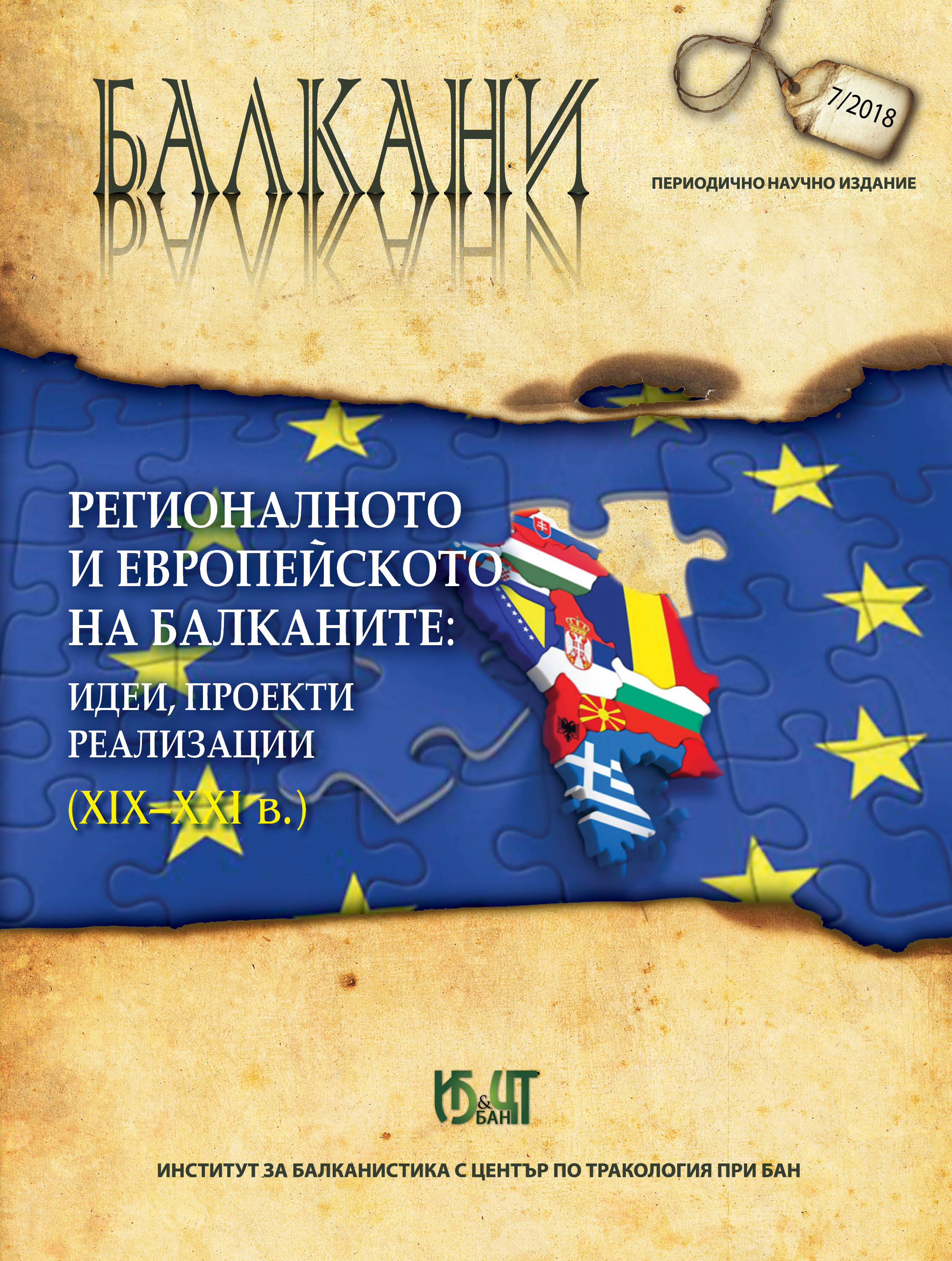
The study follows the reforms’ development in the Ottoman Empire during its three main periods – the Tanzimat bureaucratic reformation, the European reform programs during the Hamidian autocracy and the Young Turks constitutional-parliamentary regime. Emphasizing the leading and unchanging motivation of the efforts to modernize the Ottoman administrative and political system by copying European models to save the Empire, the research highlights the specifics of this process through its various stages. The different manifestations of European influence in the imperial center and the Balkan periphery, the Islamic tradition as a sustainable context of the Ottoman reform, the deepening fragmentation of society and the increasing dependence on the Great powers resulting from the application of the “European recipes” are among the main features of the process. One of the accents in the study is the transformation of Ottomanism as an essential element reflecting the internal contradiction, eclecticism, inadequacy of the reform ideology, policy and practice and ultimately the historical vindication of the idea of the Ottoman Revival.
More...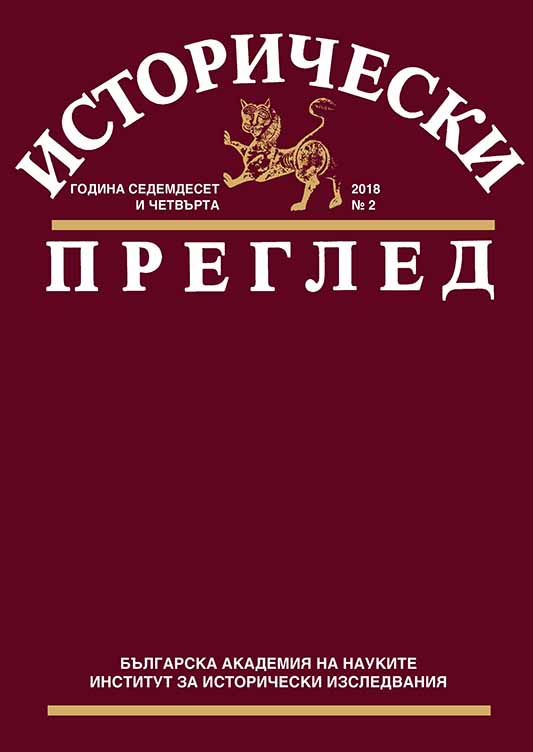
The archives of Bulgarian entrepreneurs from the National revival period contain valuable primary sources that allow us to investigate different issues. Such is the situation with the documentary collections of brothers Hristo, Nichola and Ivan Todorovi Pulievi, and their relatives Evlogi and Hristo Georgievi. One can find in those primary sources information concerning the division of the Bulgarian lands in the production of certain agricultural and craft goods; for little-known or unknown businessmen, for commercial practices, for certain events of regional and national scale. Some of the problems mentioned above have been the subject of scientific interest and research, but there are still “white fields” that deserve attention.
More...
The author publishes in her article the marginal notes left by the hand of priest Bonne Stoychov of Belchin village. The notes are excerpted from three sources – “The Gospel of Enlightenment” (1856) and “New Testament” (1859) from the collection “Bulgarian Old Printed Books 1806–1878” of the National Library “St. St. Cyril and Methodius “ and from a book with an unknown title kept in a church in the village of Belchin. An attempt is made to present Bonne Stoychov as an author of marginal notes by his choice of topics in them and his appraisal of their value expressed in his decision to rewrite some of them. The presented source material gives an opportunity to outline the personality and the life path of a Bulgarian priest – Bonne Stoychov.
More...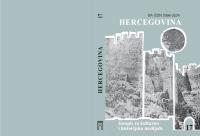
During the Ottoman rule in Bosnia and Herzegovina, educational institutions bearing the name buq´a were raised. One such buq´a was also in Mostar. About this school was written by Hivzija Hasandedić, followed by other researchers who dealt with the educational institutions of the city. However, it is unknown when this institution was erected and whose endowment was. A transcript of the waqfnama of the Mostars buq´a was found in a manuscript in the collection of oriental manuscripts of the National and University Library of Bosnia and Herzegovina in Sarajevo. Based on the waqfnama, information about the construction period, the builder, the character of the school and other details related to its material support can be found. This waqfnama can contribute to the study of the history of education and educational institutions in Mostar, but also to the general study of these lesser known educational institutions that were raised in our country during the Ottoman period.
More...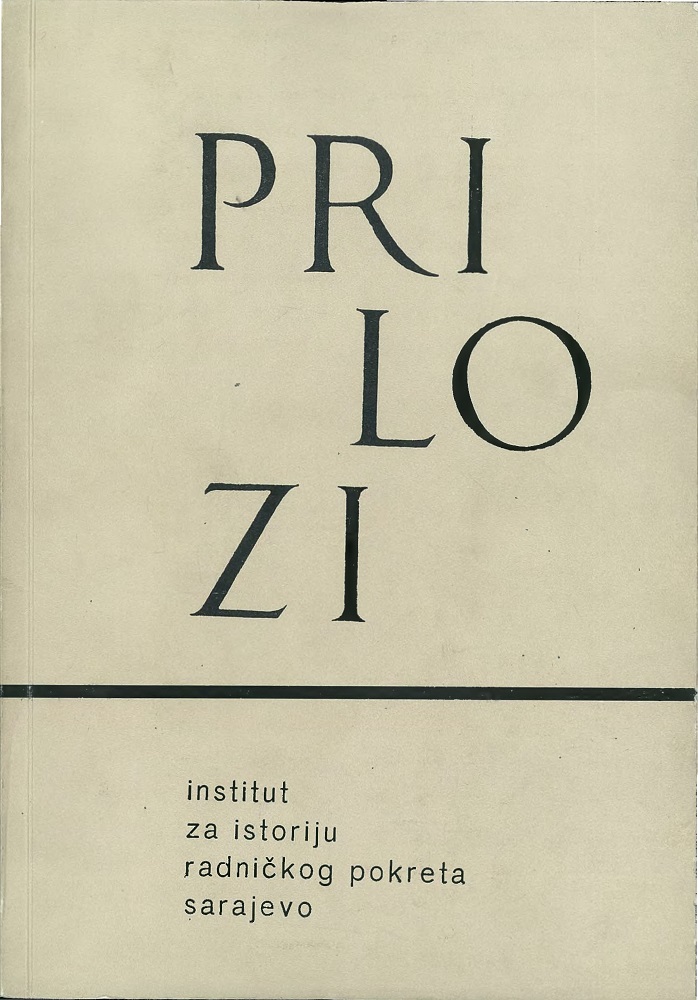
After a short survey of the mediaeval Bosnian state, the author deals with the position of Bosnia under the Turks, Austro-Hungary, with the position of Bosnia and Herzegovina in. the World War I, in the pre-war Yugoslavia, and finally in the Peoples’ Liberation War and Socialist Revolution, 1941—194a. After the Turkish invasion, Bosnia had the same social and political order as the other provinces of the Turkish empire. Due to islamization, Moslem population came into existence descending largely from the local petty gentry and peasants. Converts to Islam retained many specific characteristics not only in language but also in customs, making themselves — at the same time — a part of the religious community of Moslem nations that the Turkish empire represented from the very beginning.
More...
Among the greatest peculiarities in the history of Bosnia and Herzegovina under the Turkish rule belongs the formation of a separate Moslem society in Bosnia from which the Moslem people descends. The author has endeavoured to elucidate the process of coming into existence of this society and how the Moslem people shaped itself, Islamic ideology — regardless of class differences — was tied into a unified whole, and as a whole this Islamic community had separate interests and aspirations. To differentiate from other peoples of Bosnia and Herzegovina (Croats, Srbs, Jews) the Moslem people, as part and parcel of the Moslem Turkish Empire as the whole, was composed of all states, strata and social groups, i. e. feudal landowners (spahije), dependent peasants (raja), free youmanry, tradesmen and merchants, paid soldiers (janjičari) and clergy (ulma). The higher circles of the Moslem community consisted of feudal masters (spahije) of local descent, paid soldiers of local descent (janjičari) and the higher representatives of clergy. The highest representatives of that social stratum constituted the political, state forming, body of the Moslem people (vilajetski ajani). This body became specially prominent in the time of decline and fall of the Turkish empire in the course of the 18th and 19th centuries. More than in previous times they played the decisive role in the political life of the country.
More...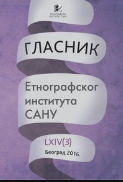
This paper discusses development of settlements and population dynamics of the Gokčanica region in the first centuries of Ottoman administration. By analyzing several unpublished Ottoman land registers and financial books, the authors are showing that this mining region was organized as a separate administrative unit during the reign of the Ottoman Empire, and how it covered a territory larger than the one presently understood as the area of Gokčanica. The amplitudes of mining and ferrous metallurgy, which were the dominant local industry, influenced the migrations of population and settlement models. The most populous villages were not established in places best fitted for living, but in those most convenient for operation of smelters, which also influenced other economic activities. Contrary to popular tradition, population of Gokčanica was entirely Serb and Eastern Orthodox, and isolated from the Islamization process.
More...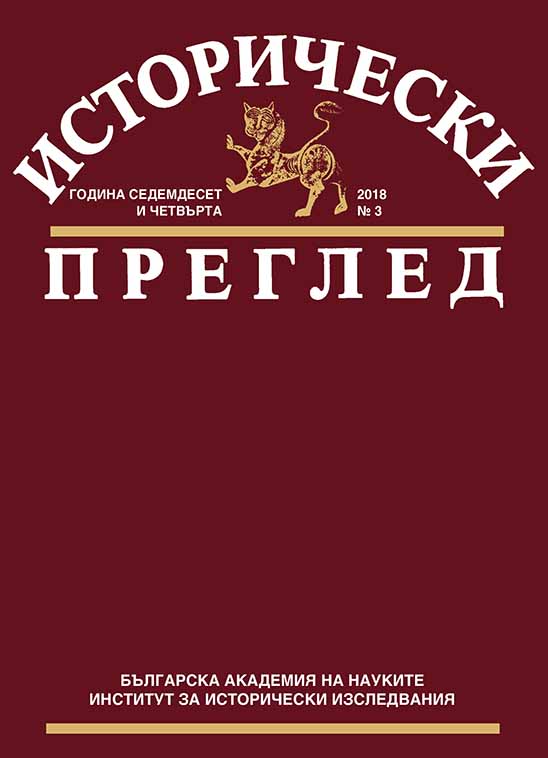
Northwest and Northeast Thrace is the region where the voynuk institution was probably established in the 1370s. According to the Ottoman chronicles, the voynuks from these areas served from the very beginning in the state stables and military wagon trains, taking care of horses, cargo animals, and military equipment. However, it turns out that Christians from a number of villages in the region of Plovdiv and Pazardzhik, which are later known as Voynuk settlements, were registered in 1472 in one akunji register. This fact suggests that in the earliest period of their history, voynuks accompanied the raids of the akunjis into the areas still not occupied by the Ottomans to the west of the Upper Thracian Lowland. In the 16th century the voynuks from Northwestern Thrace were set apart as a separate group subordinated directly to the voynuk sanjak-bey in Rumelia. It is likely that this fact actually reflects their place within the voynuk institution as voynuk category, which served in the inner palace stables in the capital where the Sultan’s personal horses and the horses belonging to the officers of the inner courthouse service were raised. Various types of Ottoman documents from the 15th to 16th centuries show that Plovdiv (Filibe) is the seat of the voynuk sancakbey, therefore this Thracian city is the center of the voynuk institution in Rumelia. In the 16th century, a lot of voynuk villages were registered in Northwestern Thrace. In the second half of the century, in some of these settlements, the voynuk service and related tax privileges were abolished so that the ex-voynuks could become regular taxpayers from the vakifs of Suleiman the Magnificent and some other members of the Ottoman dynasty. But in those villages where voynuk service was preserved, the number of voynuks increased. While 755 voynuks were registered in the region of Plovdiv and Pazardzhik in 1529, in 1573 their number increased to 903 people. As a supplement to the article a large excerpt from the voynuk register, compiled in 1528–1529, is published translated for the first time in Bulgarian. It contains rich information on the names of voynuks, their number, their settlements, and the voynuk agriculture in the form of tax-exempt baştinas.
More...
Bulgaria founded its commercial agencies in the European vilayets of the Ottoman Empire in the end of 19th century. Their existence was difficult because of the ambiguous treatment of the Ottoman authorities. The first Bulgarian commercial agents were men of good education and high repute. Their work coincided with the activity of two more important factors having their impact on the Bulgarians in the region: the Exarchate and the Internal Macedonian-Adrianople Revolutionary Organization (VMORO). The Bulgarian representatives had their own influence among the local Bulgarian population and acted as mediators between the two other organizations.
More...
The author aims to focus on the traditional customs in Macedonia regarding wedding and marriage; on the attitude of IMARO towards these institutions; the new marital “rules” imposed by the Organization and engagement norms between the partners; the techniques used by IMARO, and the goals it pursued. In the end, an attempt is made at revealing the effect of the Organization’s activity in this direction, the changes made and the results achieved. The researcher uses a variety of sources, including a large amount of memoirs, as well as program and other documents issued by IMARO.
More...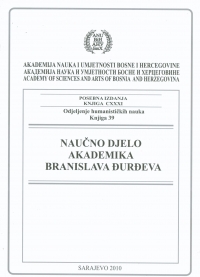
Prof. Selami Pulaha jedan je od rijetkih albanskih osmanista koji je međunarodno priznat. Uprkos tome što je djelovao u komunističkom periodu, nastojao je naučnom svijetu predstaviti svoja istraživanja na polju osmanistike, kao i dokumentarne izvore koji se čuvaju u Albaniji. Selami Pulaha historičar je koji se nije usudio izaći izvan “željezne zavjese”. Ostajući “unutra”, ulagao je ozbiljne napore u bavljenje naukom. Zbog toga što je Pulaha najautoritativniji albanski historičar na polju osmanistike, ocjene koje koje je iznio o Osmanskom carstvu su izuzetno značajne, kako s naučnog, tako i s metodološkog aspekta. Prema njegovom mišljenju, osmanski period okončao je na albanskim teritorijama procese koji su bili u toku; dugo je trajao te ga nije moguće tumačiti samo kao jednu nazadnu epizodu, već kao razdoblje u kojem se odigrao niz korjenitih i složenih procesa.
More...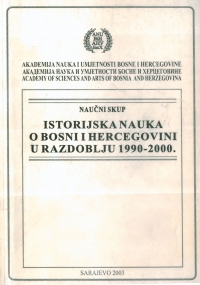
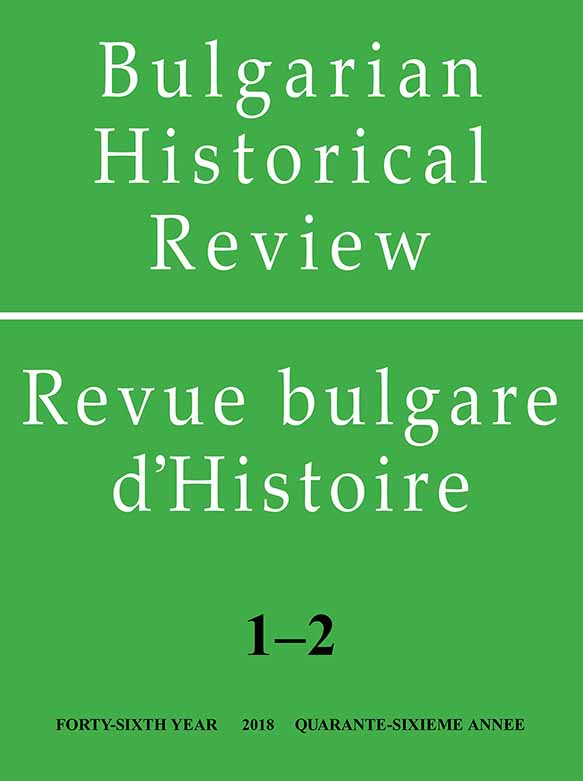
The history of the construction of Kherson, of the fortress, the shipyard and the ships that laid down the foundations of the Russian Black Sea Fleet, is comparatively short in time but vast in view of the work done. An important element of the development of Kherson as a city center was its settlement, which was also part of the overall migration process in the southern Russian regions. The subject of the proposed study is the attempts of the Russian rulers to attract migrants from the Mediterranean. To the already well-known facts of Grigorii Pisarevski’s study, drawn from the diplomatic and military service of the Russian Empire, the author adds information from the orders of Prince Grigorii Potymokin and from the relations of the Russian Ambassador to Constantinople, Yakov Bulgakov, who assisted in the passage of ships with colonists through the Straits and the Ottoman capital. The difficulties during the sea voyage were just the beginning of the completely unsuccessful experience in Kherson and the lands around it to be accommodated migrants from Southern Europe.
More...
After its discovery by WC. Roentgen by the end of 1895, X-Rays were immediately used for medical and surgical purposes to detect foreign objects within the human body due to injuries and/or gunshots, which inspired discussions over its functionality in military surgery. X-Rays were first used in the beginning of 1896 at the British River Wars in Nile, Egypt. In May 1896, the Italian Doctor Guiseppe Alvaro took two wounded soldiers from Ethiopia to Italy and shot radiographies of them by making use of X-Rays in the Naples Military Hospital. He published his observations in Giornale Medico del Regio Esercito. Before Alvaro’s piece, an article had been published in Medizinische Wohenschrift, on February 4, 1896 about the use of X-Rays on the wounded soldiers in the Prussian Army. However, the systematic practice of X-Rays use in the military dates to the Greco-Turkish War in 1897 by its implementation on the bodies of the casualties of war, first in Istanbul, and then in Athens by means of the radiographies showing evidence of pieces of bullet and shrapnel inside the bodies of soldiers. The first military radiographies were scientifically and systematically taken through a device set up by those two interns of the School of Medicine in Istanbul from May 1, 1897. That war was the first occasion that radiographic imaging techniques were used extensively on wounded soldiers at both fronts soon after the discovery of X-rays. This historic development is presented in this article by evidence based on the Ottoman Archival documents and on the newspapers published at that time. Rather than a competitive historiography, our paper has been dealt with mutual respect by objectively honouring professional zeal of all the physicians who took part at that fateful event, meritedly.
More...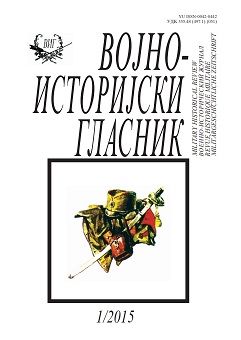
Prikaz/The review of: David Nicolle, Cross and Crescent in the Balkans: The Ottoman Conquest of South-Eastern Europe (14th-15th Centuries), Pen & Sword Books, Barnsley 2010, pp. xvi, 256.
More...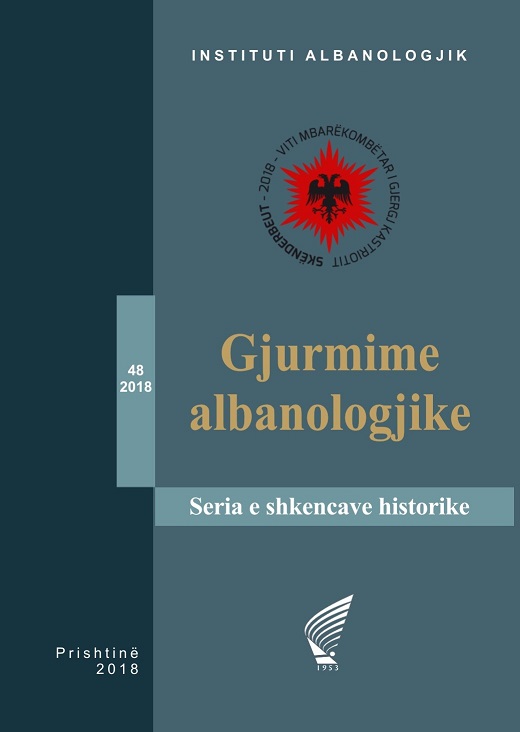
Regarding the events developed in the East Crisis period (1875/78), so far, various studies have been published by home and foreign authors. It is known that, due to the geopolitical context of the time, for the Principality of Montenegro the project of the country's independence from the Ottoman Empire was primary, but at the same time of the territorial expansion, aiming to emerge at the sea, where occupational aspirations were also towards the Albanian territories in the west of Vilayet of Shkodra. In this regard, Tivat and its surroundings represent a unique example of research and geopolitical and military analysis of time. Being the westernmost town of Vilayet, it was the arena of a bloody war, becoming a symbol of vandalism and general destruction during the two months of bombing like no other town until that time. Following the development of military operations and the occupation of several territories related to the benefits and territorial expansion of Montenegro with the support of mainly from Russia, it was also discussed at the St. Stephen Conference (3 March 1878) and at the Berlin Congress (13 June 1878 ). They were precisely the decisions of the Great Powers that decided upon their geopolitical interests, legitimizing the beginning of the decomposition of the Ottoman Empire in the Balkans in the territorial aspect, bypassing the ethnic principle in the respective territories, where the Albanians suffered the most.
More...